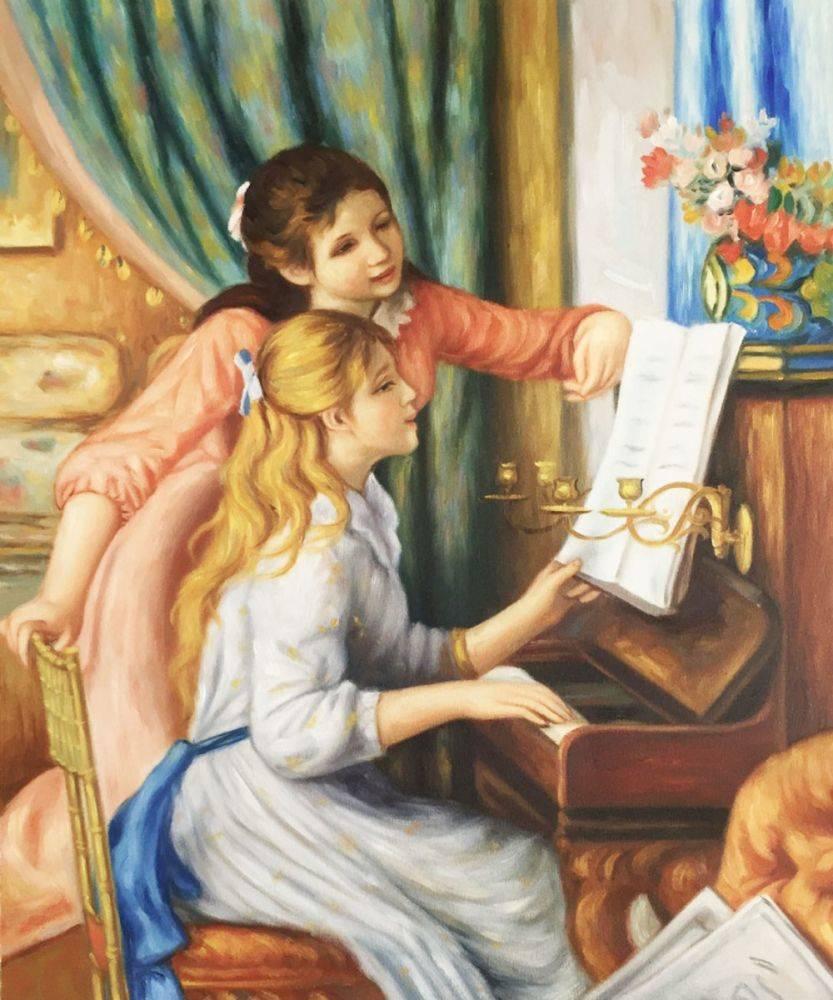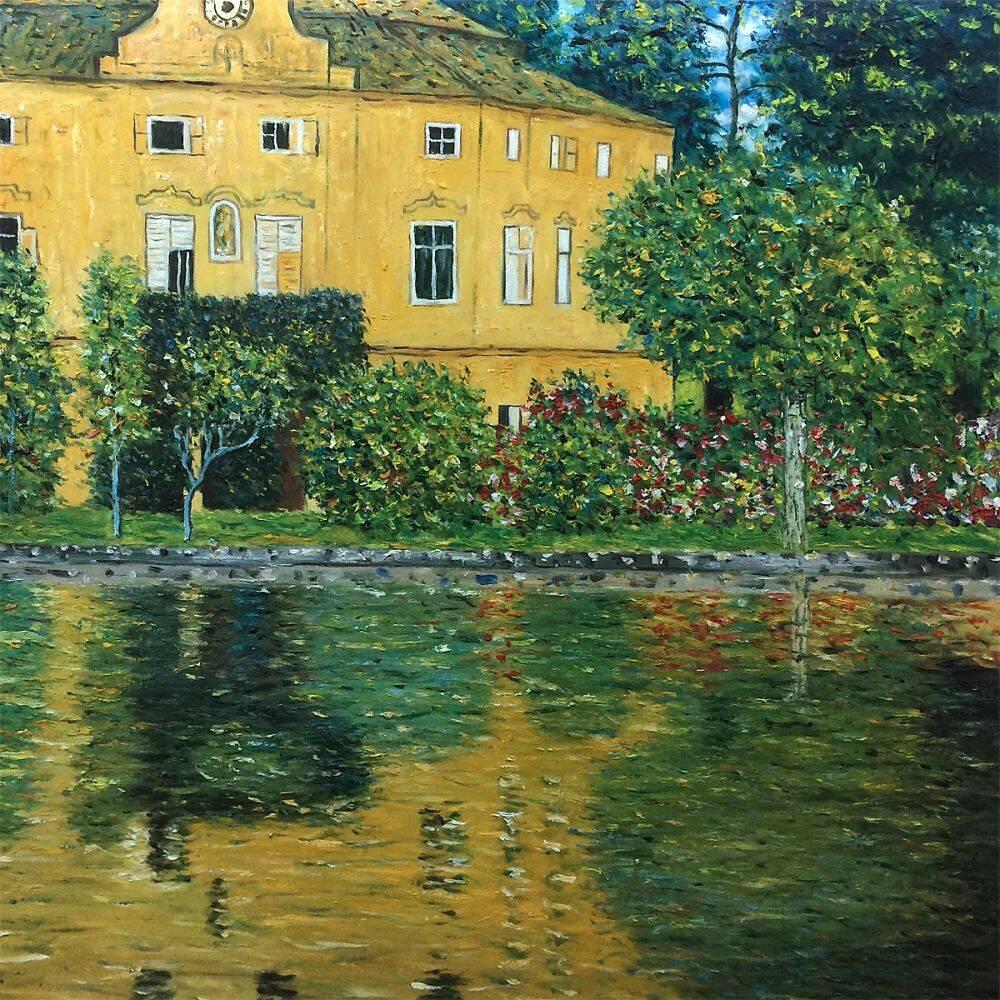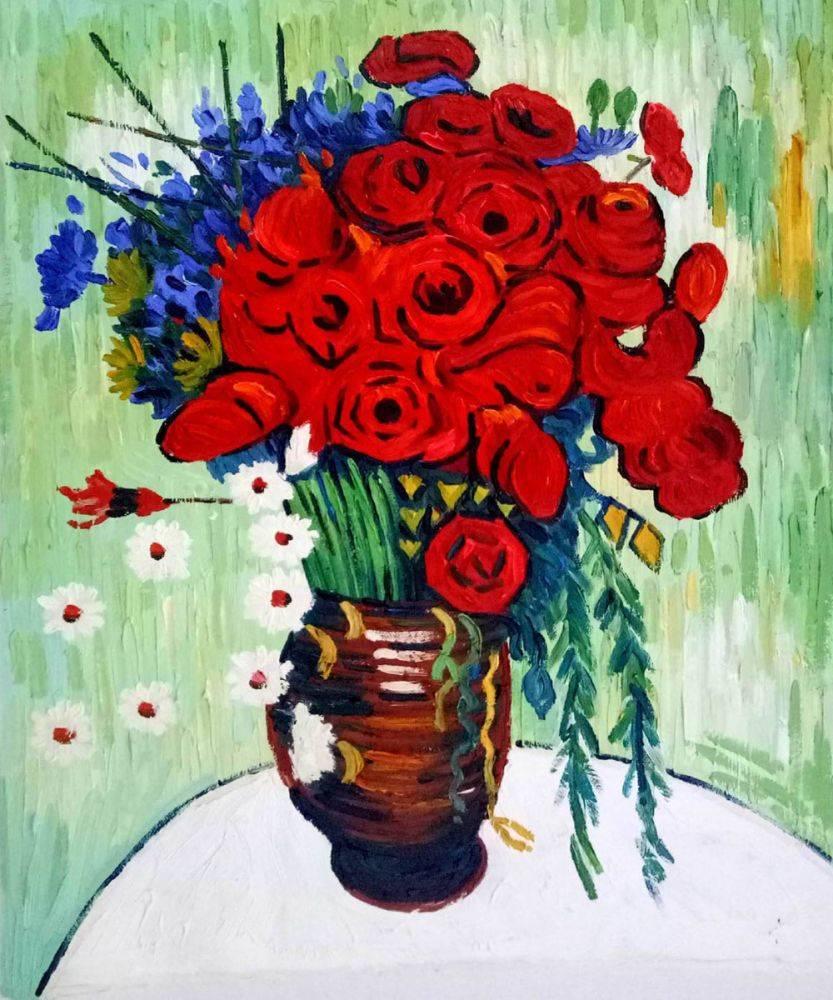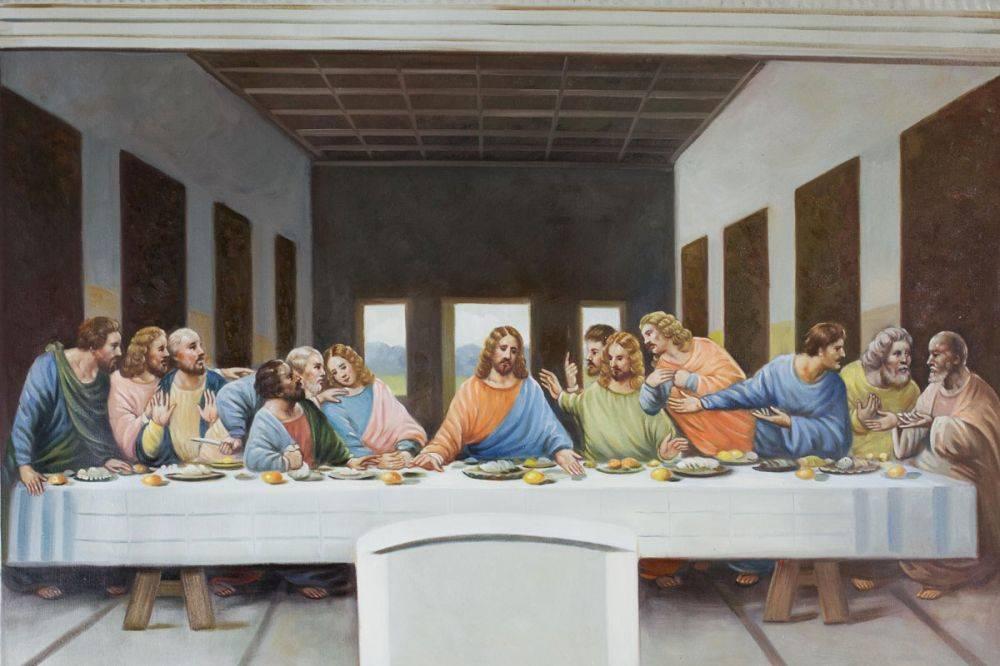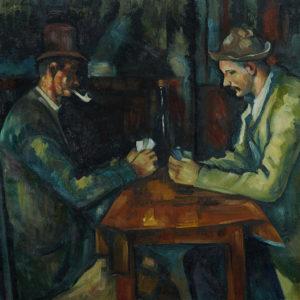Art
The Composition of Paul Cezanne: Modeling vs Modulating
 At first Paul Cezanne‘s paintings contained the loose brush strokes of the original Impressionists. While the artist often painted “straight from the tube” (as versus mixing), he moved from modeling (representational use of dark and light) to modulation in his approach to composition, transitioning the vibrant warm hues to cool hues as each compositional element turns away from the light source. It seems the artist focuses more on the hue (the color itself) than value (the shade of dark to light ratio), two similar but still differentiating concepts.
At first Paul Cezanne‘s paintings contained the loose brush strokes of the original Impressionists. While the artist often painted “straight from the tube” (as versus mixing), he moved from modeling (representational use of dark and light) to modulation in his approach to composition, transitioning the vibrant warm hues to cool hues as each compositional element turns away from the light source. It seems the artist focuses more on the hue (the color itself) than value (the shade of dark to light ratio), two similar but still differentiating concepts.
Cezanne’s use of line as outline remains true to other painters of the time, such as Van Gogh. Yet, where his style begins to become unique is the combination of color blocking through modulation, giving apples and figures weight and space while each hue remains scientifically relevant to the eye. He becomes masterful in his use of volume-space relation. It is unique in the conscious usage of transition from warm to cool as the light source fades.
I believe this concept can be likened to Seurat’s use of divisionalism (also named pointillism), rendering the raw, true hue in small “dots” so that when one stands back from the composition it becomes whole. Seurat painted the closest he could to our eyes’ breakdown of light. Cezanne continues the tradition, but by using larger blocks of color he allows the flow of the eye over the composition and the courting of science and expressionism begins.
With expressionism, the idea is to let the painting speak to you about its conceptual emotion. This emotion may be indicated by the interpretation of the color palette, use of space, the relation of figures and space, or other elements of consideration. Some studies reveal how we react to certain colors, such as the individual assigning passion and violence to red, caution to yellow, and sadness and (contradictorily) peace to blue. The viewer of the expressionist painting may believe he or she has interpreted the artist’s rendered emotion: anger, sadness, fear, but this is a common misconception, that expressionism is about the artist expressing a predefined emotion. There is more to expressionism than this, than the proverbial depression that radiates from Edvard Munch’s Scream. The viewer must remember that the perception of a painting is a conversation between the viewer, the artist, and some argue, the painting itself.
It is proposed by some critics that expressionism is the opposite of impressionism, but as discerned, this is a misconception, as we have the rendering of light in true form by such master artists as Cezanne. Expressionism allows more space for the viewer to project their psyche onto the composition. Here Cezanne’s usage of modulation weds the two movements with order, however “unconventional” it may seem to the viewer or critic. Perhaps there is an answer from Cezanne, himself, in all this discussion: “Contrasts and harmonies of tone—there you have the secret of drawing and modeling. The form and contour of objects is given to us by the oppositions and contrasts which result from their individual coloration. Modeling, there is only that; one not ought to say model, but to modulate.” So, there is nothing new to “academia” in terms of modeling. Cezanne once stated, “The study of art is very long and badly conducted. Today a painter must learn everything for himself…”

